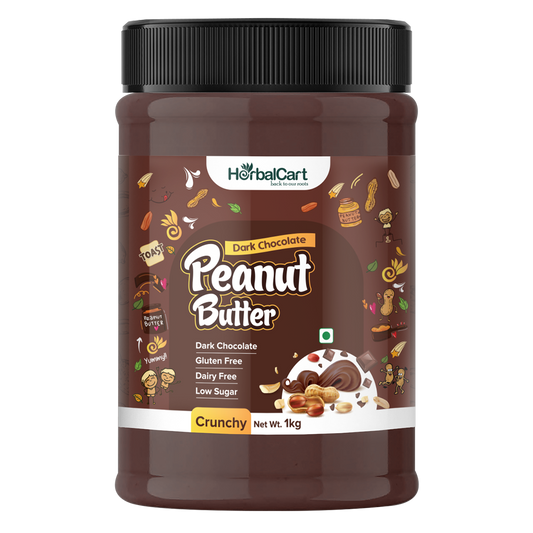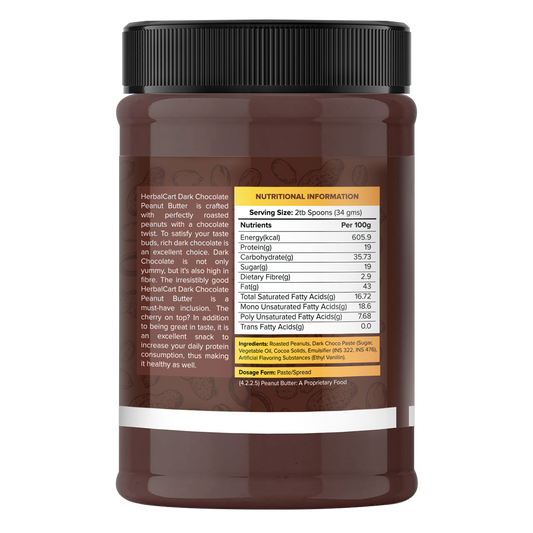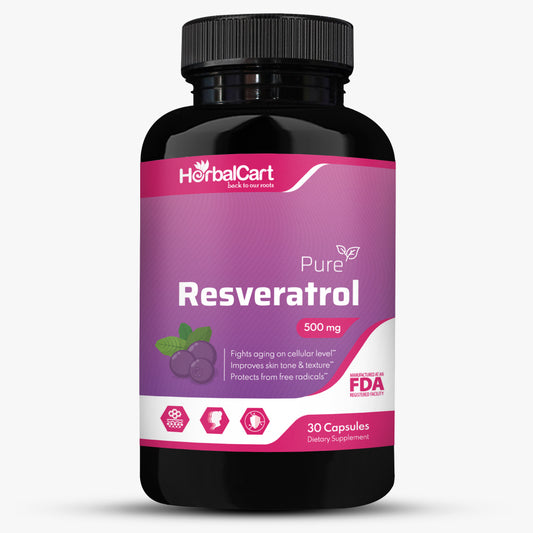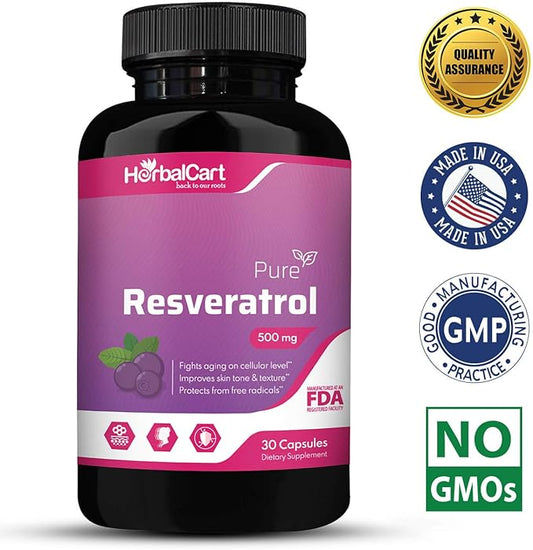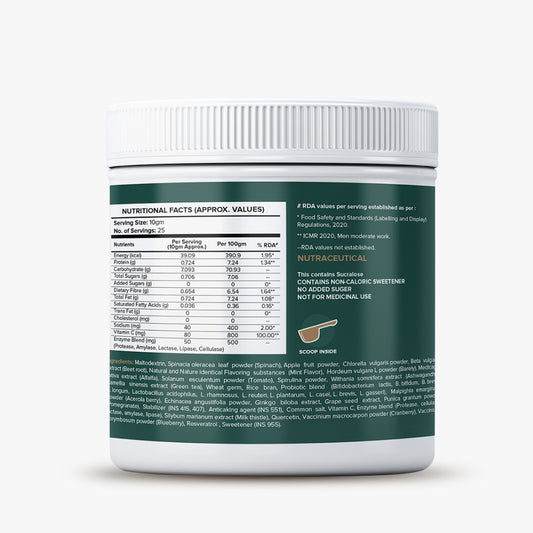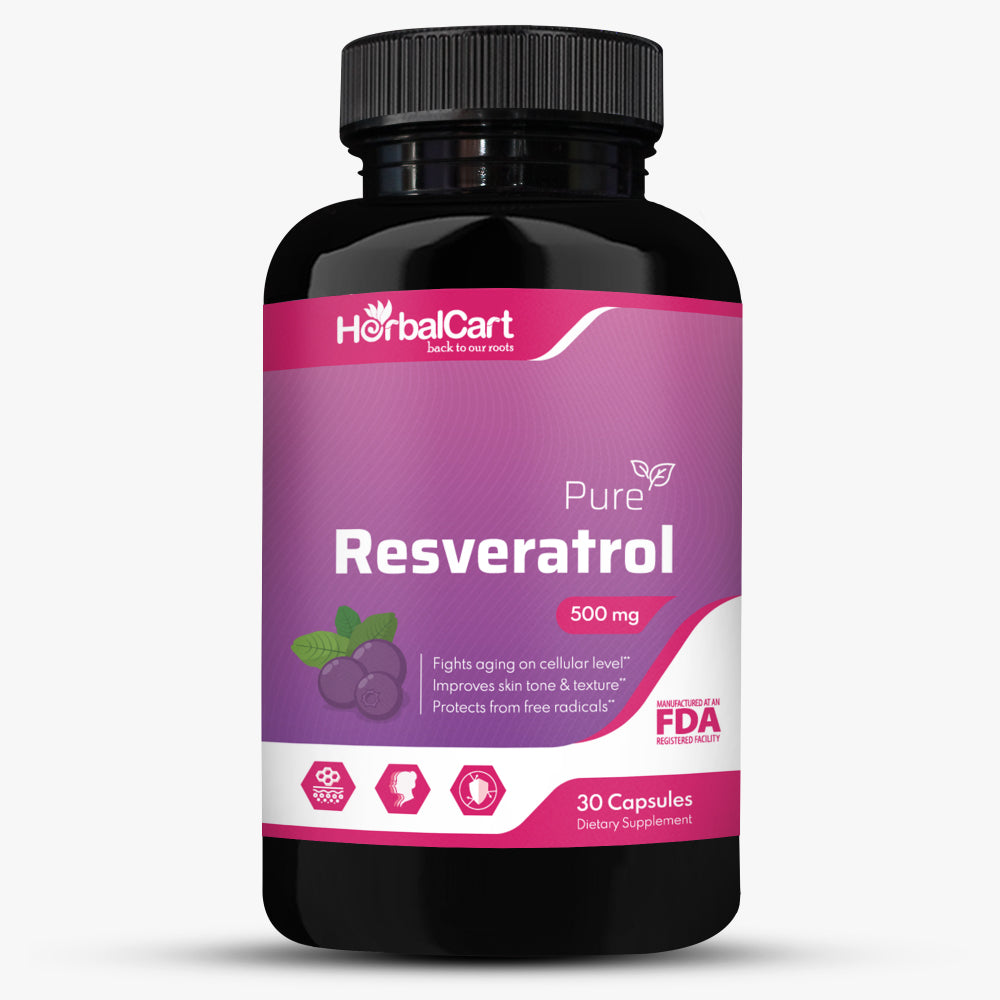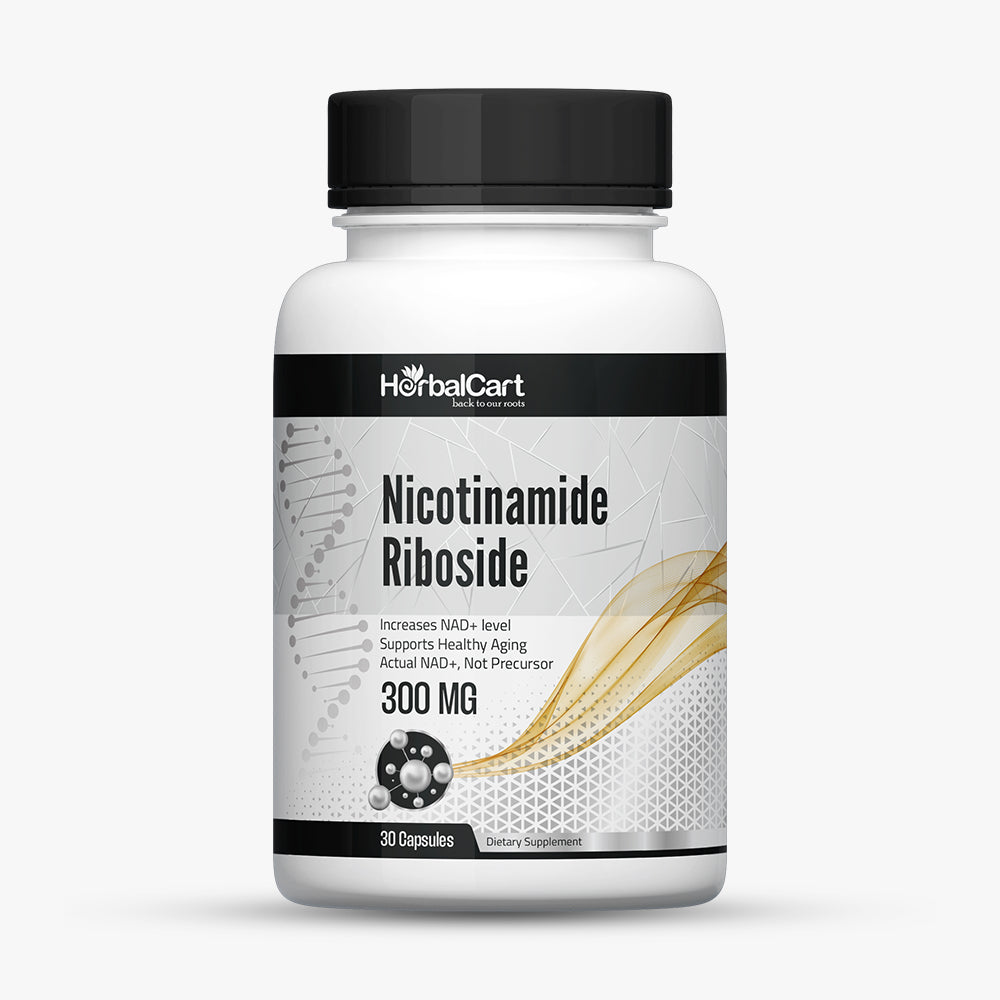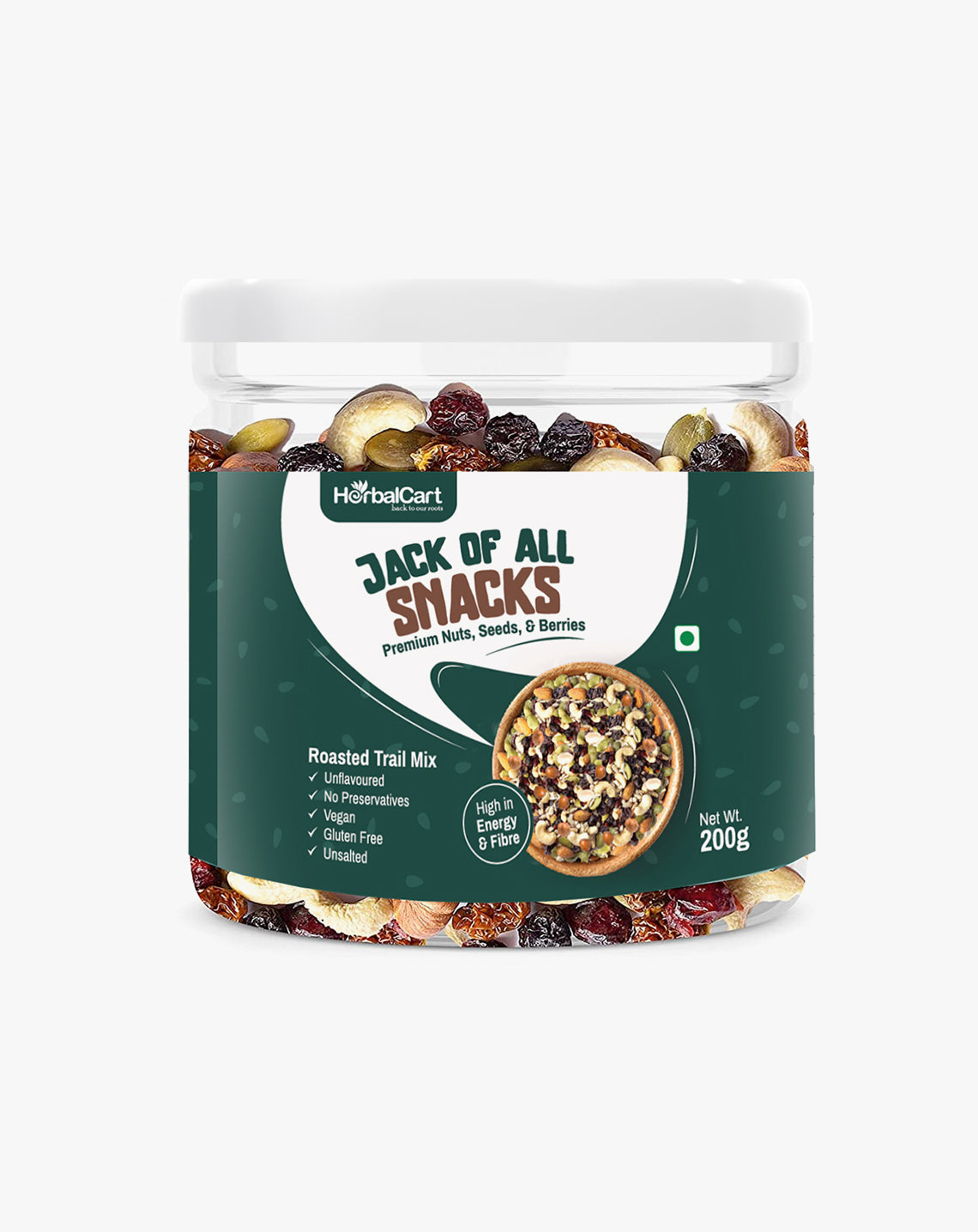You’ve been consistent. You’ve been pushing yourself. But the mirror doesn’t lie. The lower chest still lacks that finished look. This part of the chest is often overlooked, not because it's difficult, but because it isn’t trained directly. A complete chest isn’t just about size, it’s about shape. That shape is created through intelligent movement and precise control. A lower chest workout with the right exercises and angles can redefine your entire upper body.
Why Lower Chest Exercises Matter
Each part of the chest plays a role in your overall look. The lower chest, located at the base of the pectoralis major, adds thickness and shape across the bottom of your torso. Without targeting it, your chest can appear incomplete.
Lower chest exercises help create balance, support better pressing mechanics, and enhance definition as fat is lost. Training this area with intent gives structure to your chest and completes the overall picture. It also helps prevent muscle imbalances that can affect posture, shoulder stability, and long-term joint health.
When your upper and middle chest dominate your development, it can result in a top-heavy appearance. The lower chest provides that grounded base, giving your chest a lifted, complete look. The more balanced your chest appears, the more proportionate and athletic your overall frame looks.
How to Activate the Lower Chest Safely
Muscle activation depends on direction. For lower chest engagement, you need movements that push or pull from a higher point to a lower finish. These patterns shift tension to the lower portion of the pectoralis major muscle. Without that downward angle, much of the stress is absorbed by the upper chest or shoulders.
Always begin with a thorough warmup, especially for the shoulders and rotator cuffs. Light dynamic movements and resistance bands help increase blood flow and reduce the risk of injury. Never jump into heavy sets without preparing the surrounding joints and tissues.
Here’s how to shift focus:
• Use decline pressing positions.
• Perform dips while leaning forward
• Add cable fly movements from high to low
Tempo also plays a significant role. Slowing down the eccentric or lowering phase of each rep allows more time under tension. Focusing on the squeeze at the top of the movement and maintaining control throughout the set makes a huge difference.
Another helpful tip is pre-exhaustion. Starting your workout with an isolation move like the cable crossover or decline fly can improve muscle recruitment in your compound lifts later in the session. This technique reduces the need for hefty loads, keeping your joints safe.
Read more: How to Lose Chest Fat: Best Exercises, Diet Tips, and Effective Strategies
Best Lower Chest Exercises
Training the lower chest adds shape, definition, and overall balance to your chest development. While many pressing movements target the middle or upper fibers, specific angles and techniques help recruit the lower portion more effectively. These exercises focus on precision and control to build strength without compromising joint health. Whether you're using machines, free weights, or cables, consistency and execution matter more than the amount of weight moved.
Decline Bench Press
This pressing variation targets the lower portion of the chest and limits strain on the shoulders. Use dumbbells or a barbell. Lower the weight under control and push with intention. Keep the movement smooth. Using dumbbells helps improve unilateral strength and prevents one side from overpowering the other. Ensure the bench angle remains between 15 and 30 degrees. Excessive decline can shift strain to the shoulders and reduce chest engagement.
Chest Dips (Forward Lean)
Leaning forward shifts the emphasis toward the chest. Go for the full range with tight form. Keep the tension in the pecs by avoiding a complete lockout at the top. Avoid swinging or excessive momentum. Use parallel bars or assisted dip machines for better control. Maintain a slight bend in the knees and look slightly downward to maintain alignment.
Decline Dumbbell Fly
This isolation movement opens up the chest and stretches the lower fibers. Lower the weights slowly, maintain a soft bend in your arms, and bring them together with control. Keep your shoulder blades pinned and avoid letting the dumbbells go too far below chest level to protect the shoulder joint.
Cable Crossover (Low Pulley)
Set the pulleys close to the ground. Pull upward and inward. Keep your arms slightly bent and finish with your hands in front of your chest. Focus on feeling the squeeze. Cables allow constant tension throughout the movement, unlike free weights, which can lose resistance at the top. Maintain a stable base with one foot slightly ahead of the other for balance.
High to Low Cable Fly
Start with handles above shoulder height and bring them down diagonally. This keeps tension on the lower chest throughout the movement. Avoid using momentum. Move deliberately. Adding a pause at the bottom of each rep can further increase tension. Always keep your shoulders depressed and avoid shrugging.
Decline Dumbbell Press with External Rotation
Twist your wrists slightly inward as you press upward. This variation increases muscle involvement and keeps your shoulders stable. It also sharpens the contraction at the top. Use lighter weights until you perfect the movement. This technique should never cause wrist discomfort. Adjust grip or range if needed.
Sample Lower Chest Workout Routine
Balanced chest development comes from more than just pressing in one direction. Incorporating targeted movements for the lower chest helps bring structure, depth, and proportion to the torso. This routine includes a combination of angles, equipment, and tempos to challenge the lower fibers while supporting overall upper body strength. Each set is positioned to deliver focus without adding unnecessary volume. Prioritize control, range, and consistency across every rep.
Chest Focus
Decline Bench Press: 4 sets of 8 reps
Chest Dips: 3 sets to failure
Cable Crossover Low Pulley: 4 sets of 12 reps
Feet-Elevated Pushups: 2 sets to failure
Upper Body Mix
Decline Dumbbell Fly: 3 sets of 10 reps
High to Low Cable Fly: 3 sets of 12 reps
Decline Dumbbell Press with Rotation: 3 sets of 10 reps
Flat Bench Press (Moderate Load): 3 sets of 10 reps
Use this split once or twice weekly. Adjust based on recovery and intensity. Begin each workout with at least 5 to 10 minutes of activation work for the chest, shoulders, and scapular muscles.
Tips That Deliver Results Without Risk
• Warm up the shoulders, elbows, and wrists before heavy pressing
• Prioritize control over load in every rep
• Use spotters or safety arms when training with barbells
• Focus on posture and alignment to avoid shoulder impingement
• Include mobility drills for the thoracic spine and shoulders post-training
• Don’t chase numbers. Chase engagement and feel.
Recovery and Nutrition
Growth happens outside the gym. Feed your body with enough protein, complex carbohydrates, and water. Aim for at least two days of rest between chest training sessions. Sleep is essential. Recovery allows muscles to rebuild stronger.
Include magnesium, potassium, and healthy fats to support muscle function and hormone balance. Recovery supplements, such as BCAAs or creatine, may also support endurance and repair, especially when training volume is increased.
Stretching and foam rolling can reduce post-workout stiffness and support circulation. Deep tissue massage and Epsom salt baths are also valuable tools for recovery.
Final Words
A solid chest needs structure from top to bottom. Lower chest workouts complement your upper body routine, enhancing strength, shape, and balance. They complete your frame and give your chest a cleaner, sharper silhouette. Prioritize lower chest exercises in your plan, focus on form and time under tension, and stay consistent with your training. Always train with awareness, prioritize safe mechanics, and let progress build gradually. A strong, well-developed lower chest isn’t built in one session, but it starts with one smart, well-executed rep.
Can I train the lower chest at home?
Yes. Use feet-elevated pushups, dips using sturdy surfaces, and resistance bands for fly movements. Backpack pushups with added weight can also be helpful.
How often should I do lower chest exercises?
One to two focused sessions a week are practical when form and intensity are proper. Combine them with full chest workouts for the best results.
What is the best angle for lower chest activation?
A decline bench between 15 and 30 degrees is ideal for hitting the lower fibers of the chest.
Do I need gym machines to build my lower chest?
No. You can use dumbbells, resistance bands, or bodyweight exercises to effectively train this area. Machines are helpful for stability, but not required.
Which is better for the lower chest: dips or decline press
Both work. Dips build body control and recruit stabilizers. Decline presses offer more consistent loading and tension.
Should I isolate the lower chest in every chest session?
No. However, if the lower chest is lagging, it is beneficial to train it early in the session for improved activation. Monitor your results and adjust accordingly.






